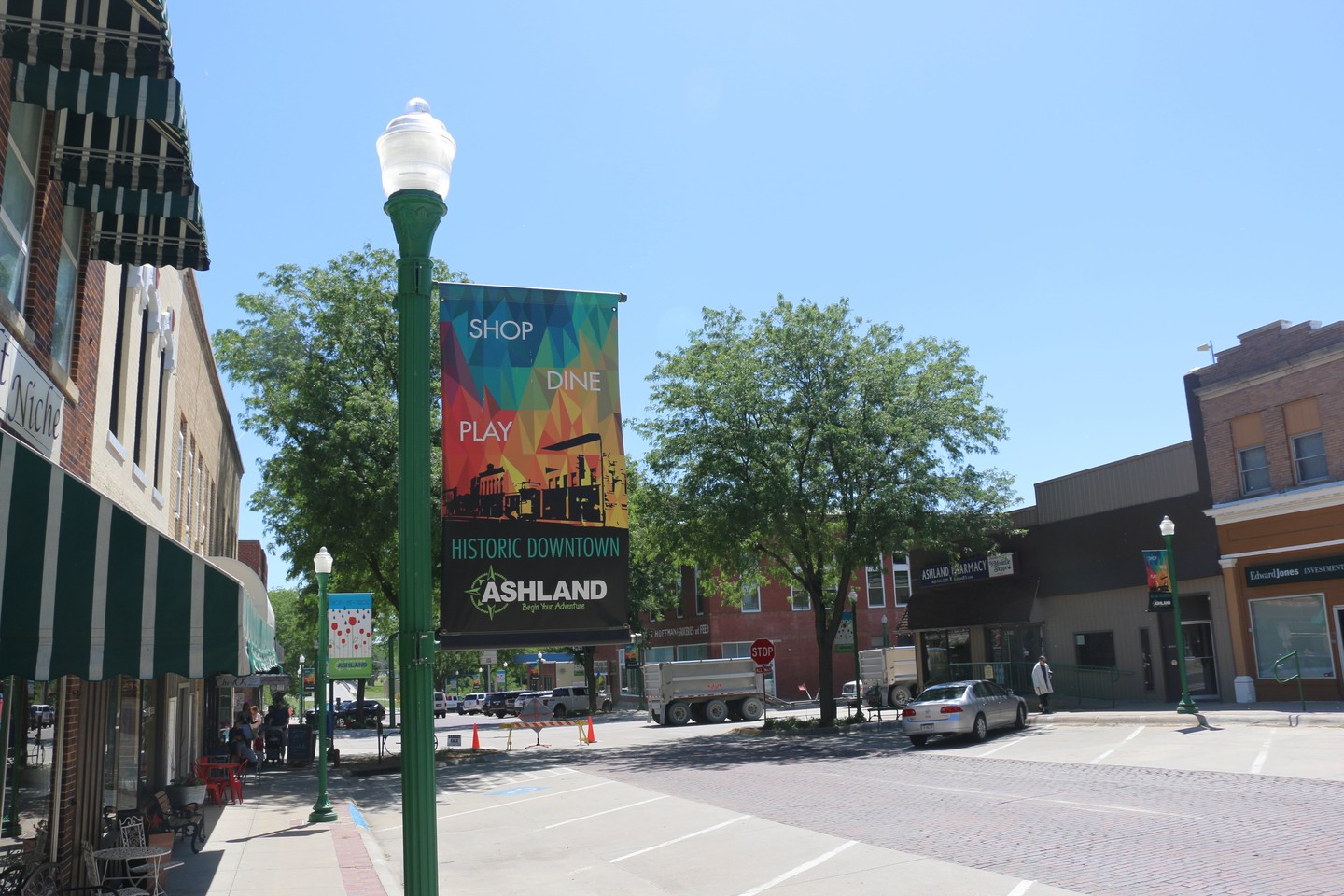We involve your community in creating quality places where people want to live, work, play, shop, learn and visit.
We don't see our efforts as a program, but rather as a relationship between your community and ours team. What does the Placemaking entail? A little bit of everything.
How Communities Benefit
Together we focus on your needs and aspirations. From there, our planners, architects, landscape architects, artists, master gardeners, journalists, event planners and others work with you to make your community not just a place to live, but a place to love. Placemaking is an overarching idea and a hands-on tool for improving a neighborhood, town, city or region. A placemaking approach provides the springboard you need to revitalize your community. When you focus on place, you do everything differently!

Resouces
Types: Three Types of Placemaking: Vary in Scope, Cost, Schedule and Expertise
The three types of placemaking will improve the quality-of-life choices and amenities within your neighborhood, community or region.
Tactical Placemaking
Tactical placemaking focuses on physical changes within a community that create quality places for residents. Murals, park benches, designated bicycle lanes, and light post banners are all tactical placemaking projects. This is a deliberate and often-multi-phase approach that begins with short-term commitments that can be accomplished quickly (and often at low cost). Over a long period of time, tactical placemaking projects can transform an area, and can be used to build constituency for more substantive and long-term creative or strategic placemaking projects.
Creative Placemaking
Creative placemaking shapes the physical and social character of a neighborhood, town, city or region around the arts and cultural activities. Community gardens, plaza-centric gathering places, music festivals, farmers markets, and cultural art displays and events are examples of creative placemaking projects.
Strategic Placemaking
Strategic placemaking involves projects and activities that result in quality, sustainable, human-scale, safe, mixed-use and green spaces. Creating a tree-lined Main Street, hike-and-bike trails, parks, remodeled storefronts, and housing developments are such projects. Strategic placemaking not only encourages and inspires recreation, arts and culture, but it increases civic engagement by those who live there and those who want to live there.


Investment: Placemaking Fosters Economic Development and Demographic Renewal
For decades, planners, development groups, and other place-focused organizations and practitioners have worked to elevate the importance of place and placemaking in communities by fostering more economically-, socially-, and environmentally-responsible development. The word “placemaking” has gained ever-increasing currency among community and civic leaders who are working toward greater community engagement, enhancing and activating the public realm, promoting better community health, or otherwise improving the quality of life.
Benefits: Why Placemaking Works
It fosters economic development.
Dynamic towns with active, collaborative governments, organizations dedicated to sustainability, and engaged citizens attract companies that create jobs and invest in the community.
It creates a forum for exchanging ideas.
Placemaking events provide an opportunity for residents, tourists, shoppers and workers to interact and work together to improve their town.
It converts underperforming areas into interesting places.
Placemaking allows for radical reimagining about what underused or abandoned places can become. The best spots for placemaking are parks, alleys, public medians, streets, buildings and sidewalks.
It makes the town a better place to live.
In Valentine, Neb., the revitalization of Blue Star Memorial Highway brings together elements of the Niobrara ecosystem and themes of the Heart City’s downtown district. The project has not only beautified the area with newly-planted trees and vegetation, but it has made downtown more inviting through art displays, sculptures, benches, bike racks, and dark-sky-compliant street lamps.


Collaboration: It takes a place to create a community, and a community to create a place.
Placemaking is how we collectively shape our public space to maximize shared value. Rooted in community-based participation, the first step of placemaking is listening to the best experts in the field—the people who live, work and play in their community. Community interaction occurs in three ways:
- Tier 1. Meaningful contact
- Tier 2. Project-based programming
- Tier 3. Extensive or transformational engagement
This third level of engagement has been characterized as a “deep dive.” One assumption is that these projects may engage specialists and/or scholars from several campuses of the University of Nebraska System.
Contact us when:
- Your community’s* needs align with a placemaking project type, or you think they might
- Your community* wants to discover more about who they are
- Your community* wants to develop a list of priorities for improvement
- You want to brainstorm potential opportunities for growth
- You need technical input or advice
*The idea of a “community” includes any organized group of individuals working together toward a common goal—youth groups, schools, institutions, governments (local, regional or state), public/private entities, clubs, etc.
